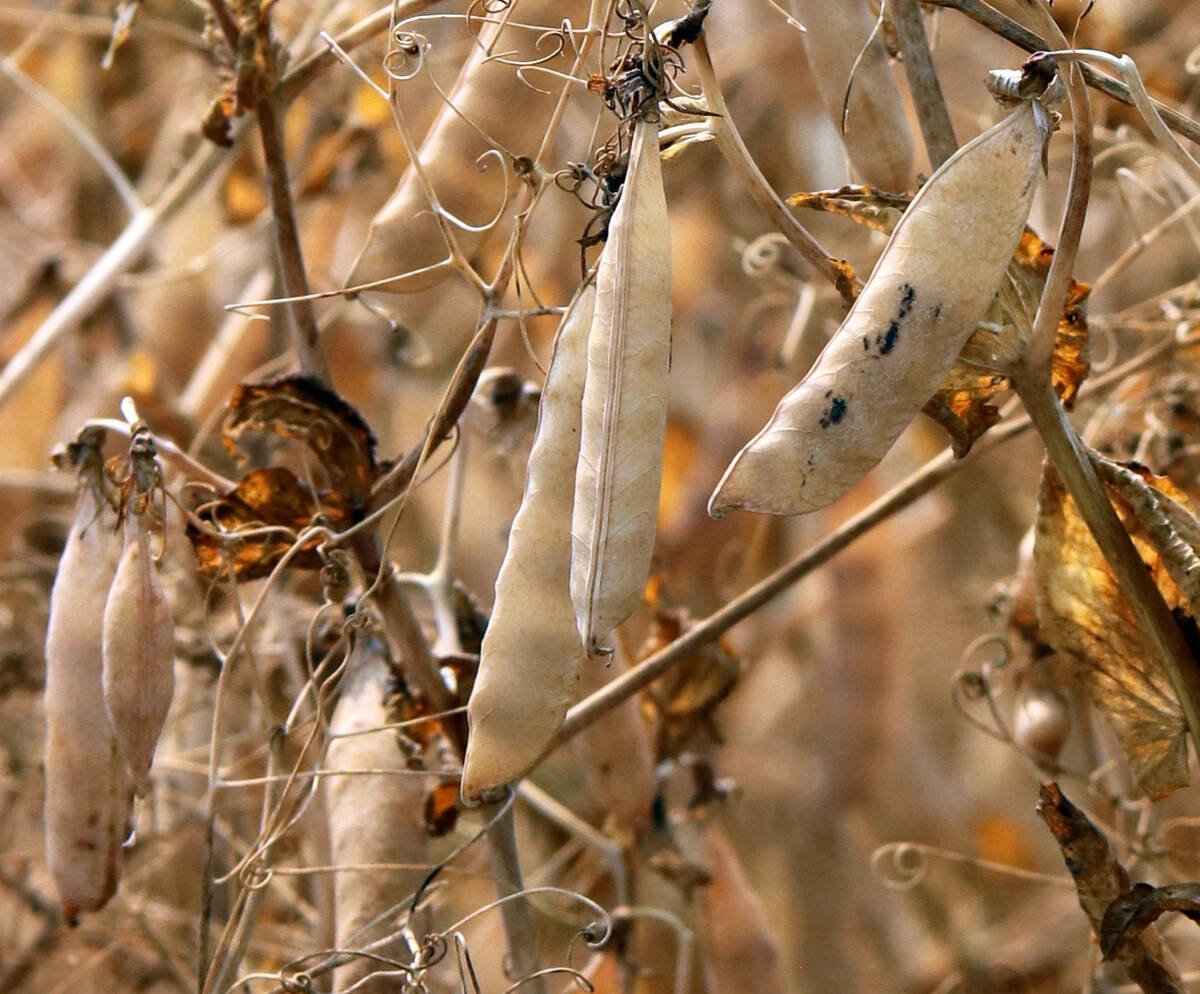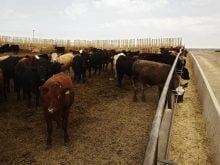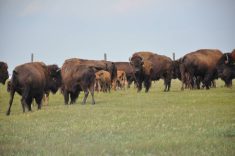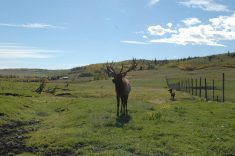When temperatures dip, parkas are pulled out of storage and drivers switch to winter tires. Farmers and ranchers need winter preparation as much for their horses as themselves.
Horses are well adapted to the prairie climate, says professor Sue Ashburner of the Western College of Veterinary Medicine.
“At this stage of the game, when the temperature plummets (horses need) to have a reasonable weight,” she said.
Under normal conditions, horses require 11/2 pounds of feed for every 100 pounds of body weight to maintain their weight. But winter conditions increase a horse’s energy requirements by up to 50 percent, depending on wind, temperature, moisture and condition of the horse, Ashburner said.
Read Also

Trump’s tariffs take their toll on U.S. producers
U.S. farmers say Trump’s tariffs have been devastating for growers in that country.
“If your horse goes into winter thin, he’s going to require more energy because he doesn’t have that fat insulation.”
A rule of thumb for gauging weight is that the horse owner should be able to feel the animal’s ribs, but not see them.
“If you can see (the ribs), especially under a winter coat, those horses are very thin.”
Longer winter hair can fool a horse’s owner, making the animal appear healthy from a distance, Ashburner said, so it is important to check the ribs.
A heated and constant water supply is also important winter preparation. When temperatures suddenly dip, a horse’s instinct is to eat more roughage, but not necessarily to drink more water. As a result horses can suffer from impaction colic, or abdominal pain, especially during the first part of winter as they get used to the new colder conditions.
“They get bunged up because the sudden change tells them, ‘gotta eat more to stay warm,’ and they don’t have the same stimulus to drink more to digest that, (so) they need lots of water,” Ashburner said.
For every pound of feed a horse consumes, three lb. of water are needed to ensure proper digestion.
Snow can be a source of water, but it costs the horse more calories to dig it out and melt it inside its body. To get enough water from snow, a horse needs to consume seven times more volume compared to a heated water source.
“In the old days people always assumed horses could dig enough snow to eat to survive the winter, but a lot of them didn’t survive cold weather.”
Checking the teeth is also good preparation, especially with older horses. Since many horses will rely on roughage, their teeth need to be in good shape to efficiently eat through the winter.
The key, Ashburner said, is to ensure there is a good chewing surface so they can properly digest. Otherwise the horse’s teeth just wad the roughage and pass it through their system. Bad teeth can result in malnourishment, despite the illusion of a healthy appetite.
Sometimes older horse’s teeth lose their chewing surface, so an owner will need to supplement the feed or roughage with high calorie feed, especially in winter.
Horses often maintain good health by eating high quality hay. But if they are fed supplements, owners should know their nutritional value and their weights.
“A gallon of oats is a lot lighter than a gallon of barely,” she said, adding that barley has more energy.














